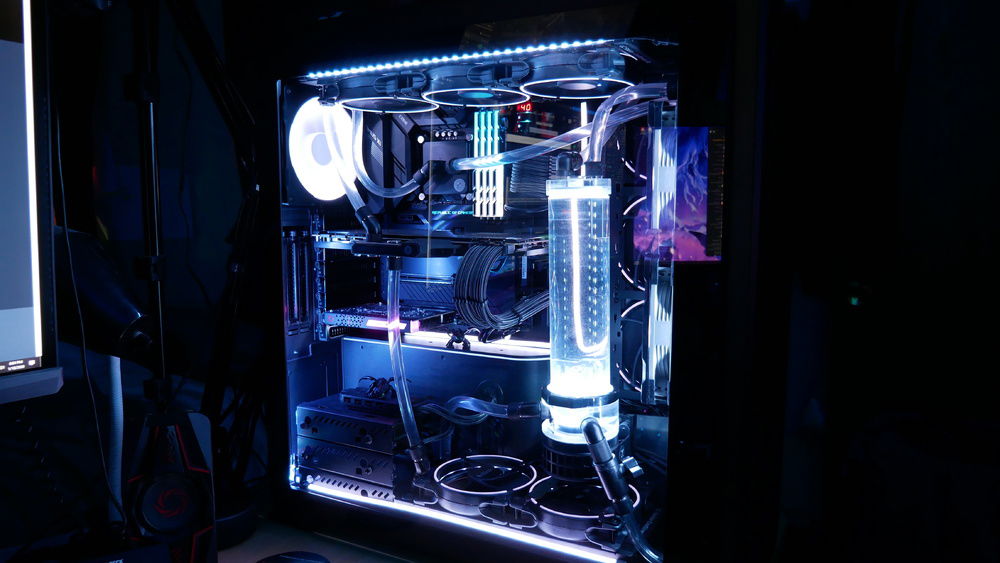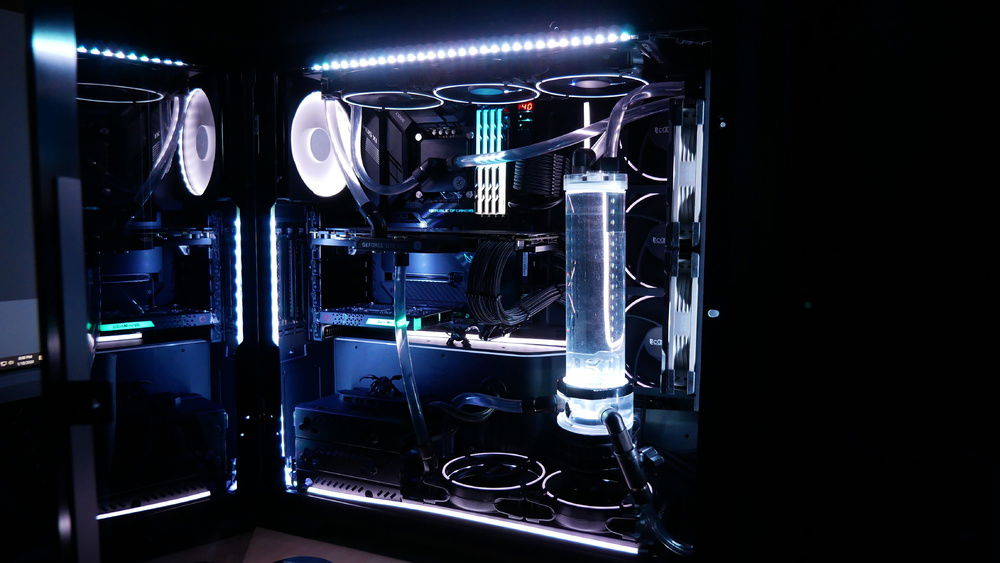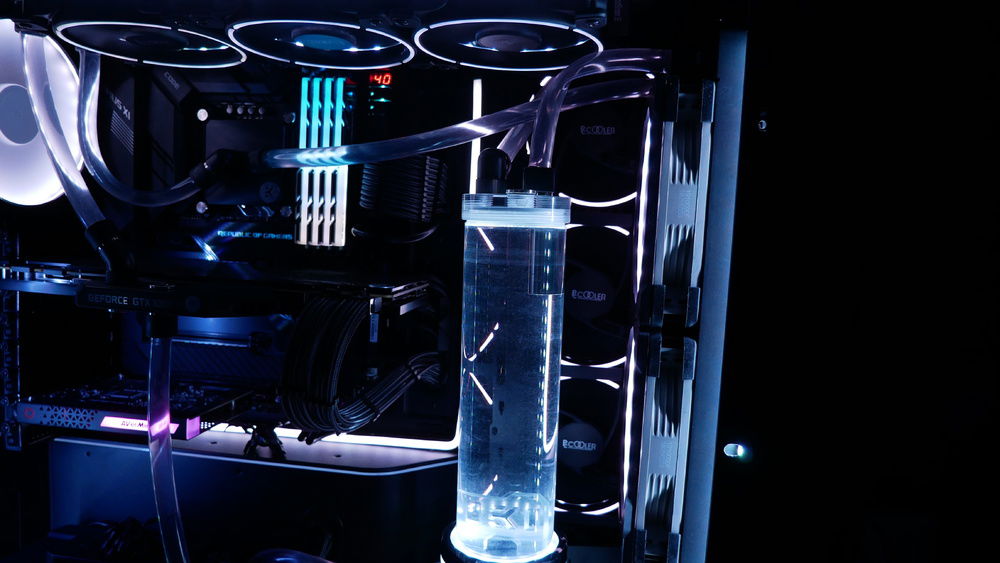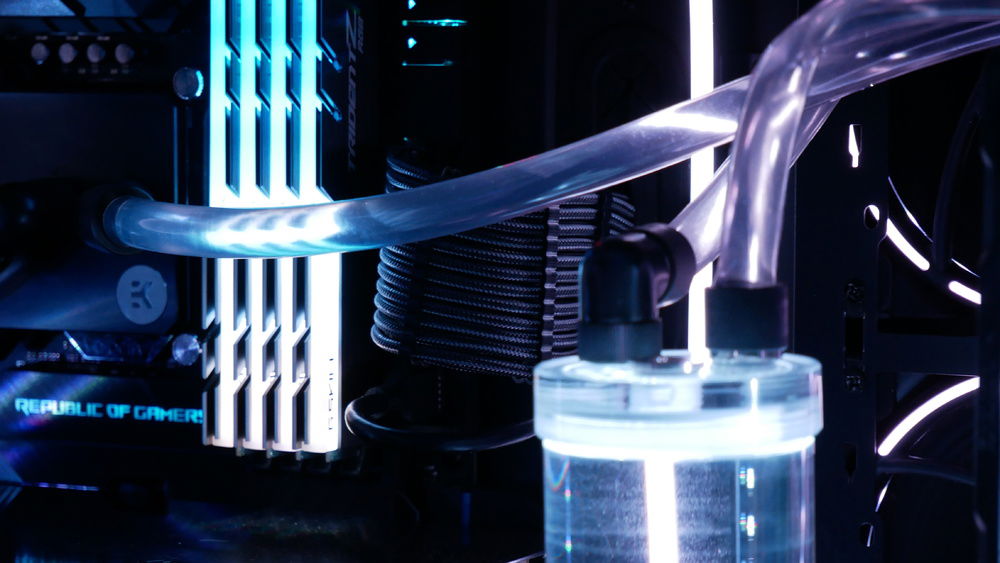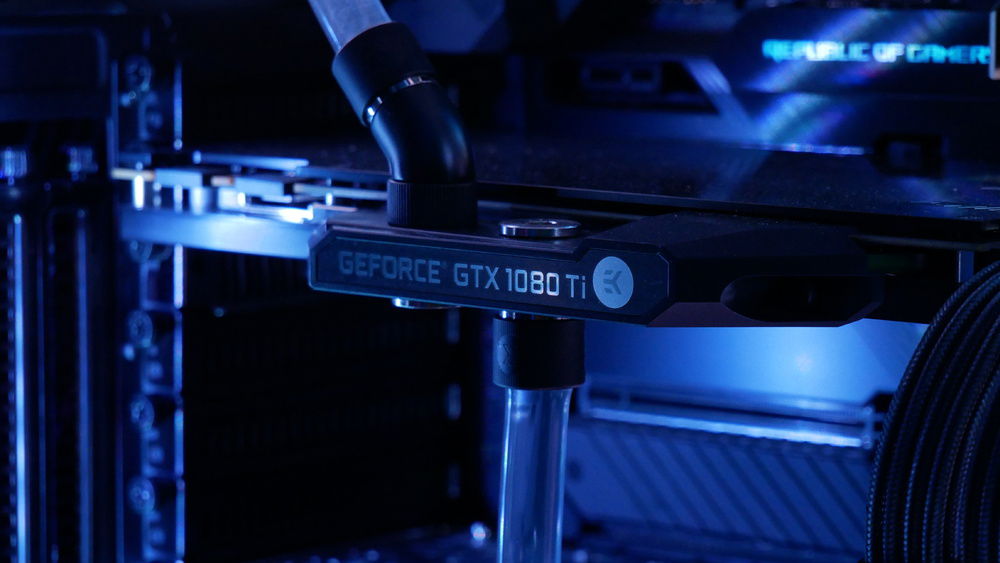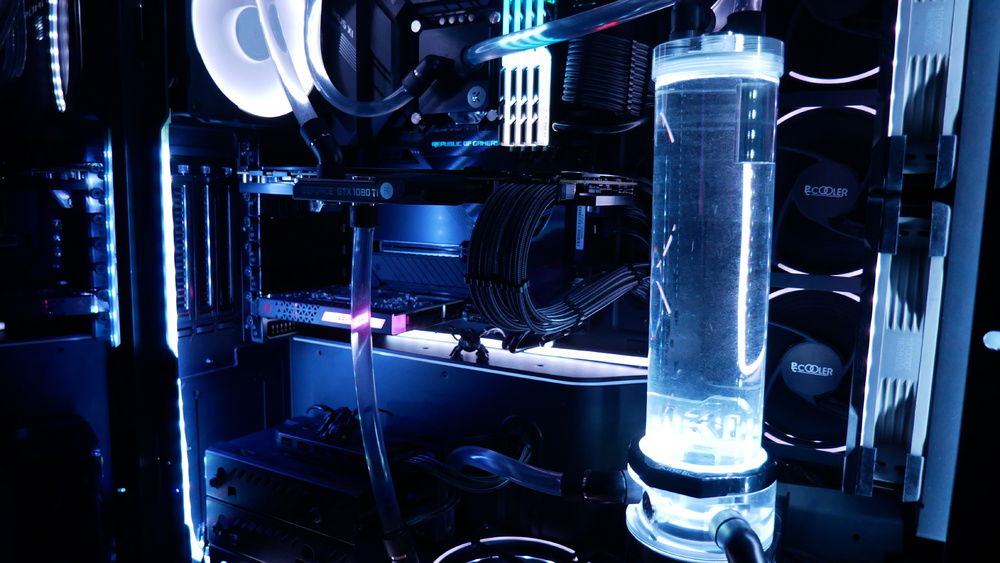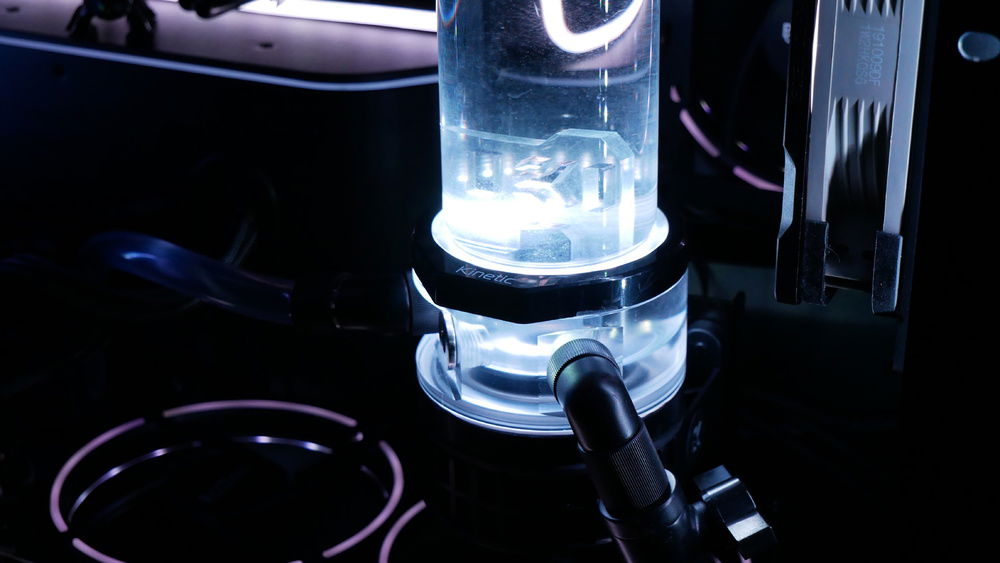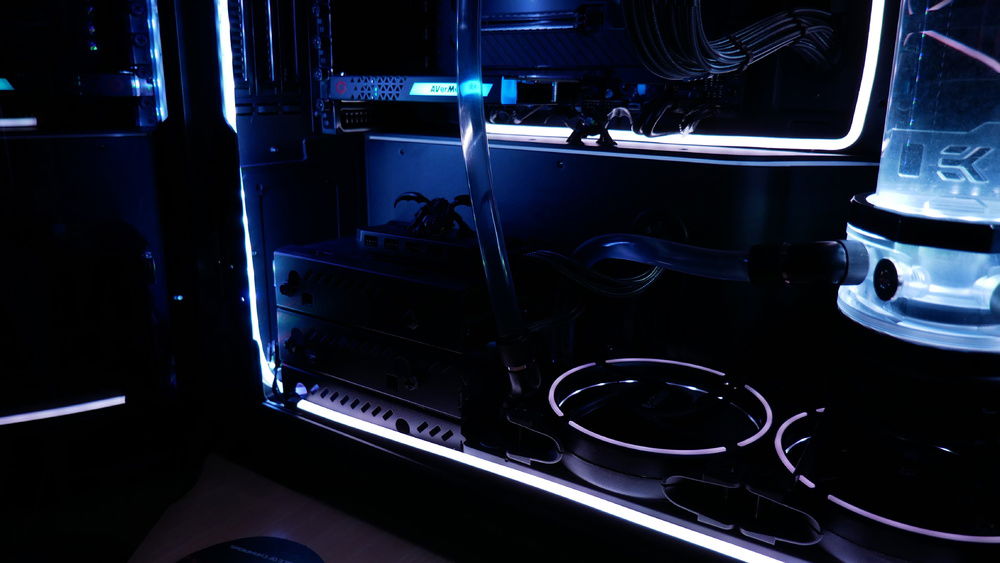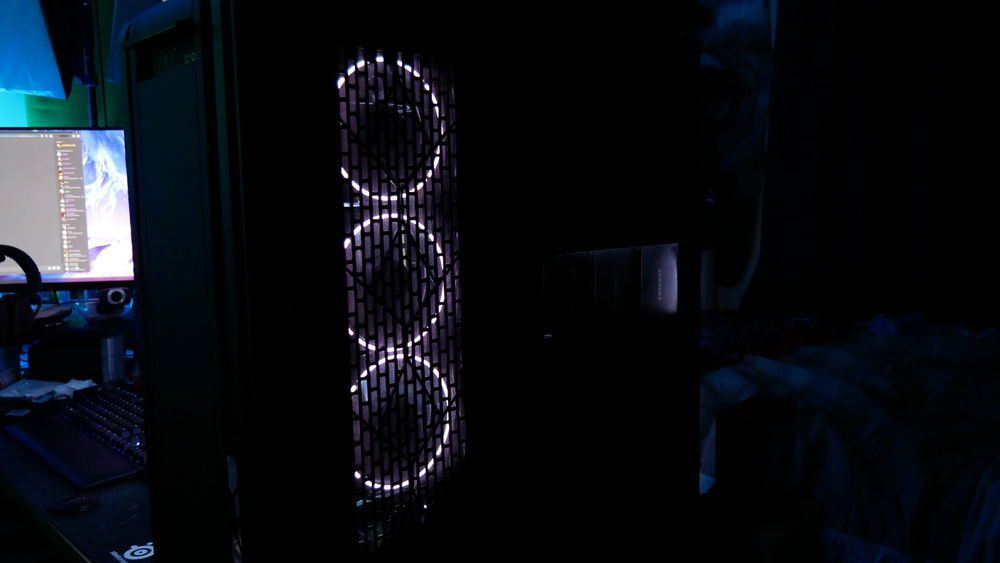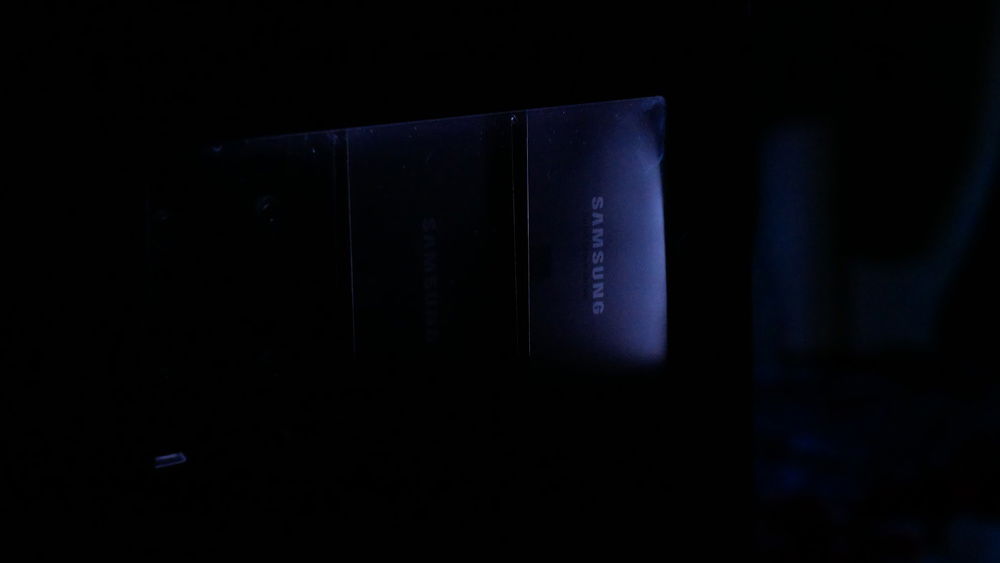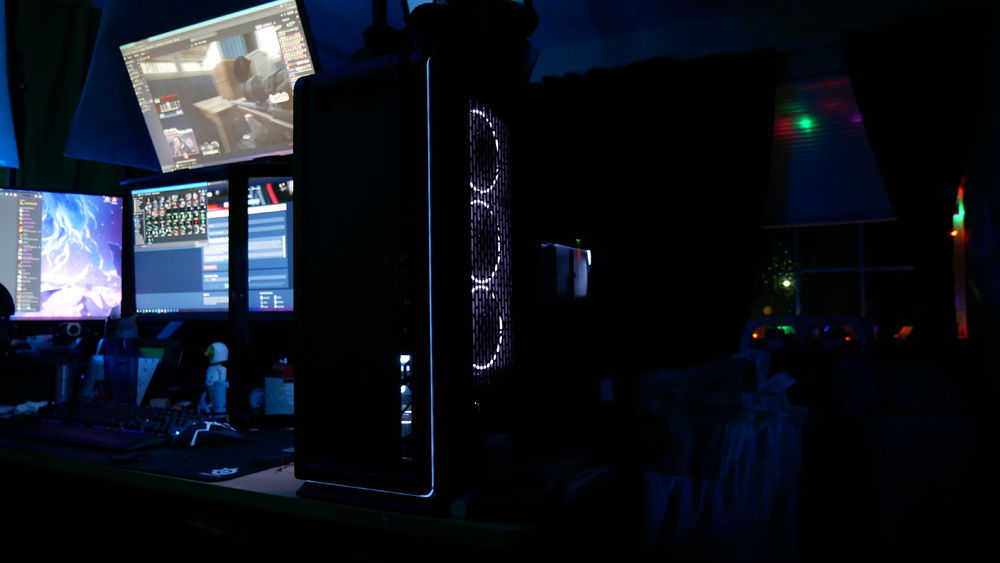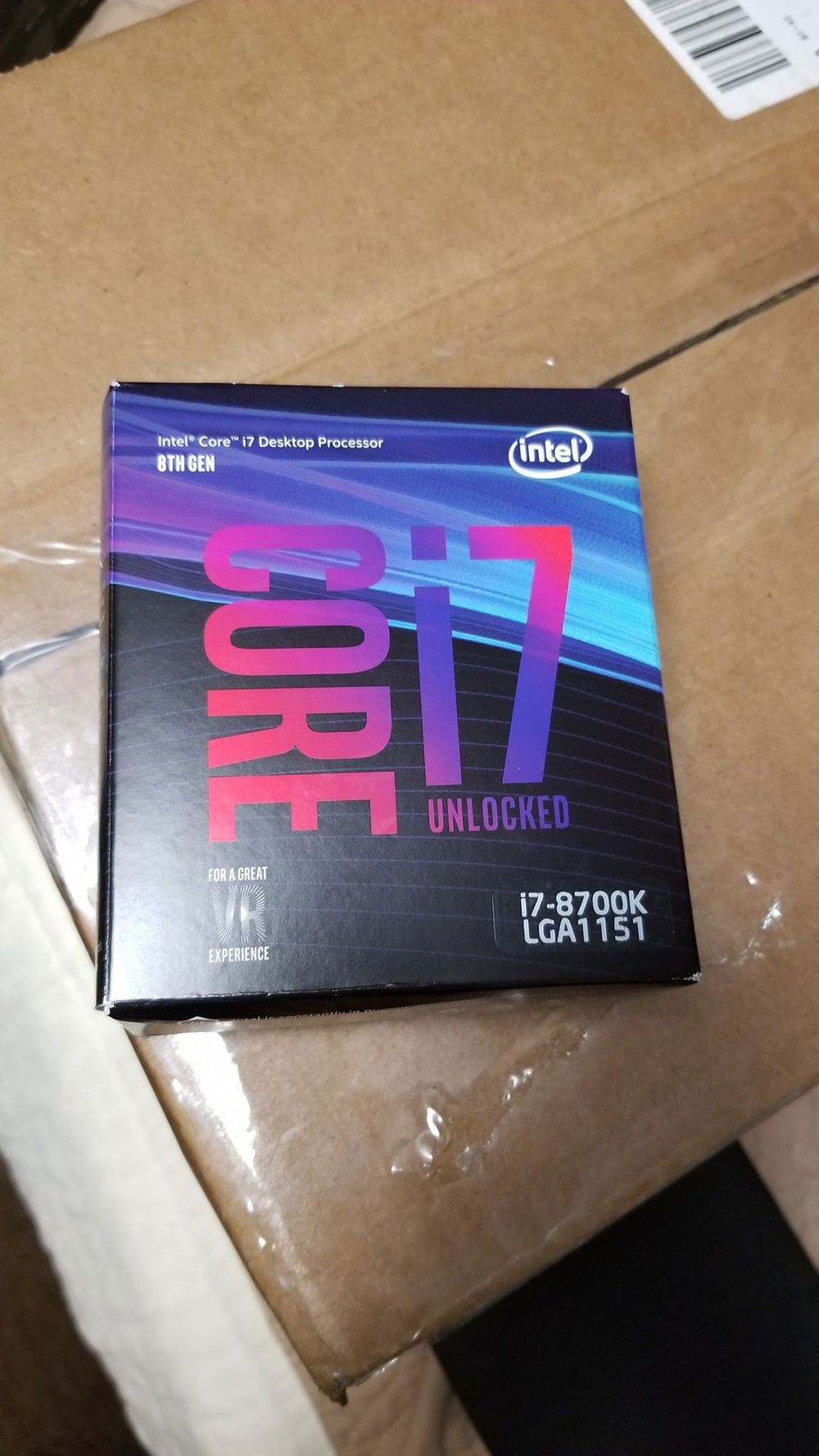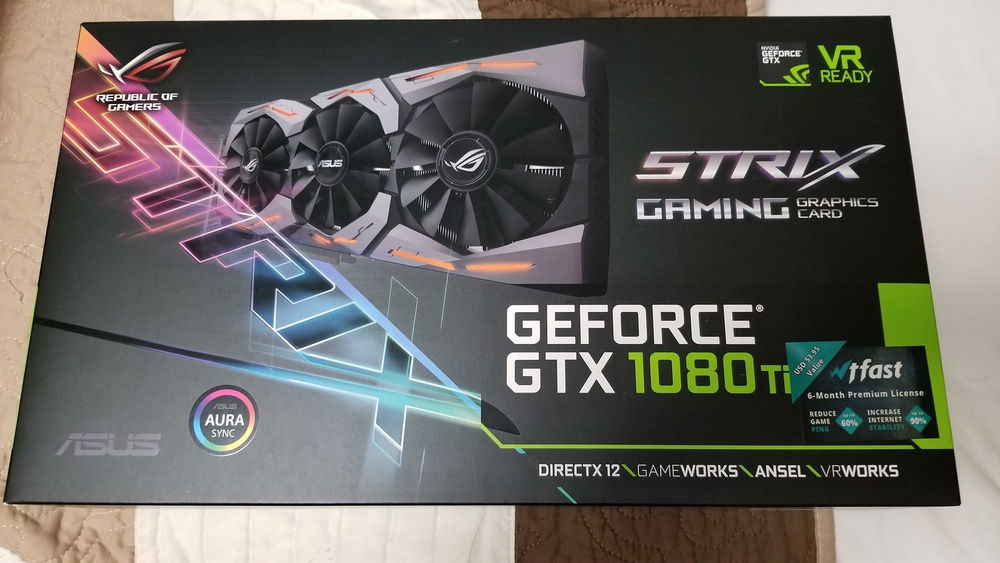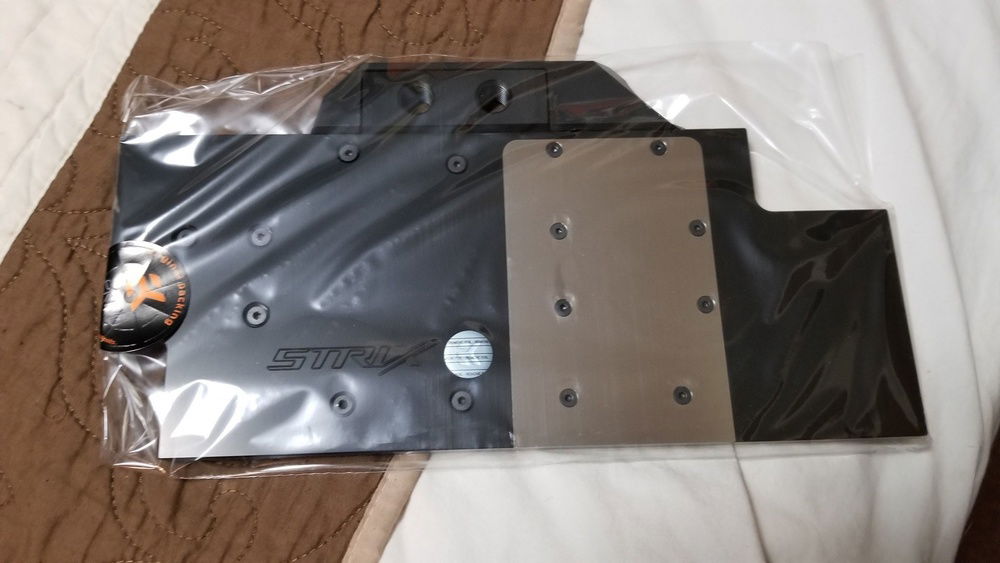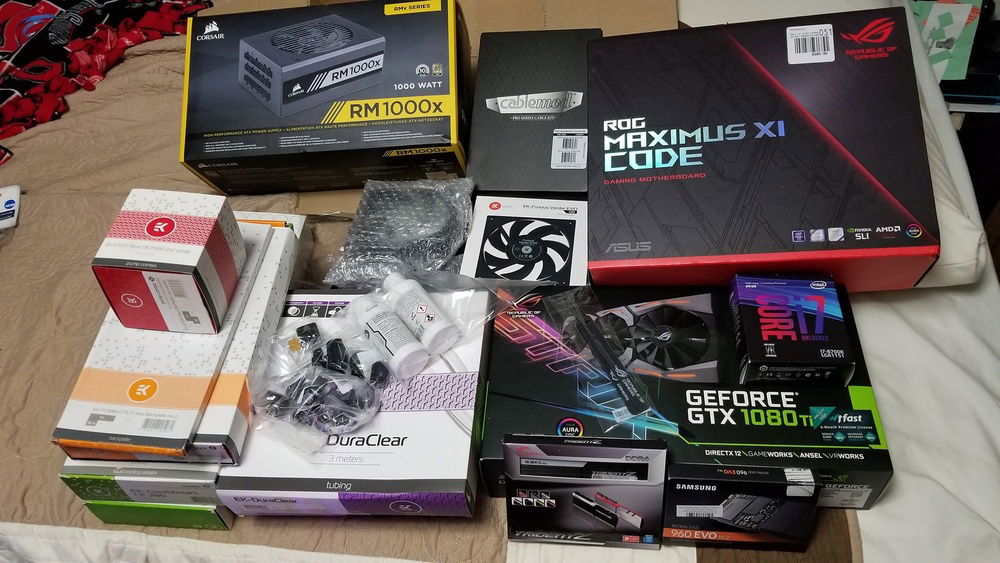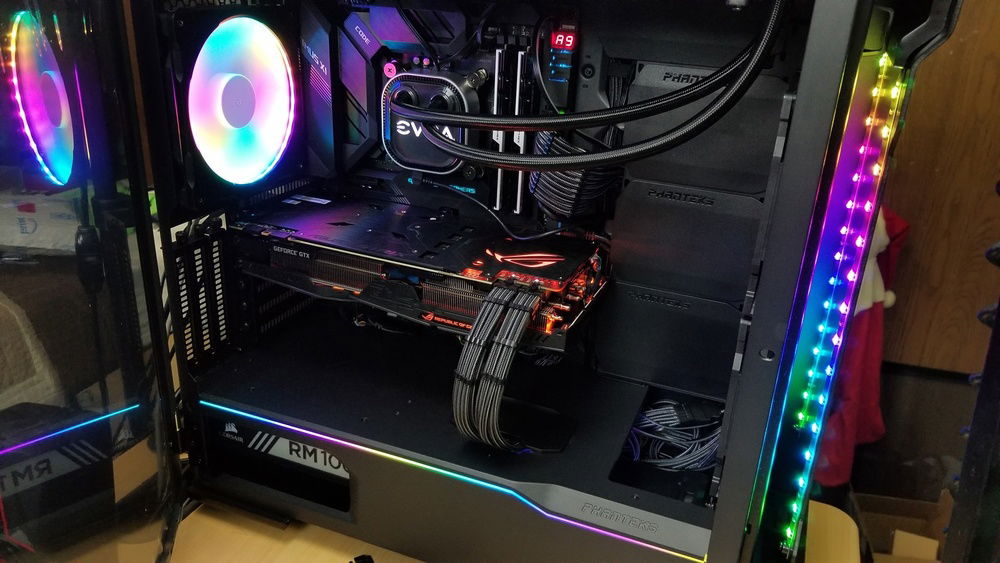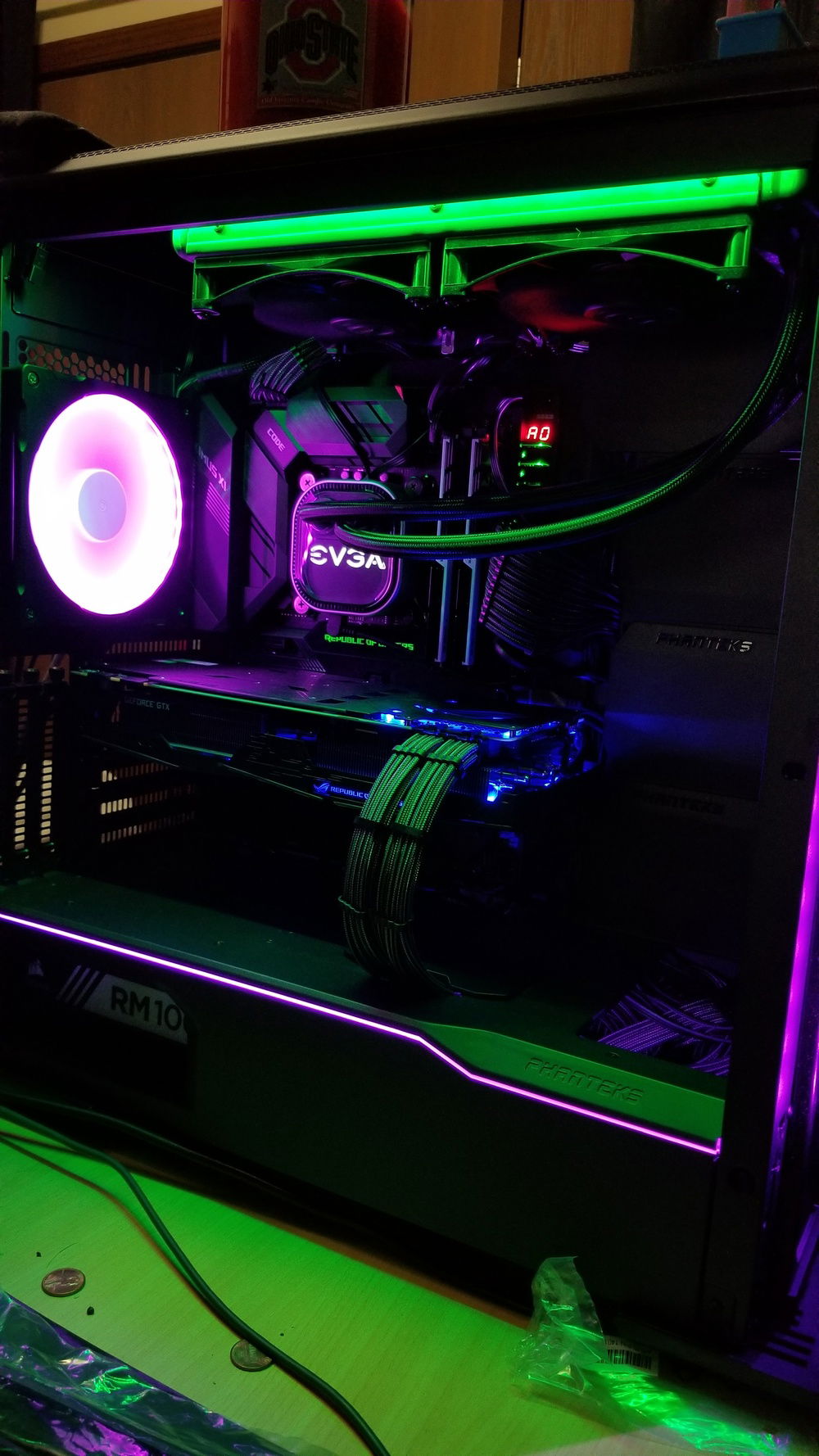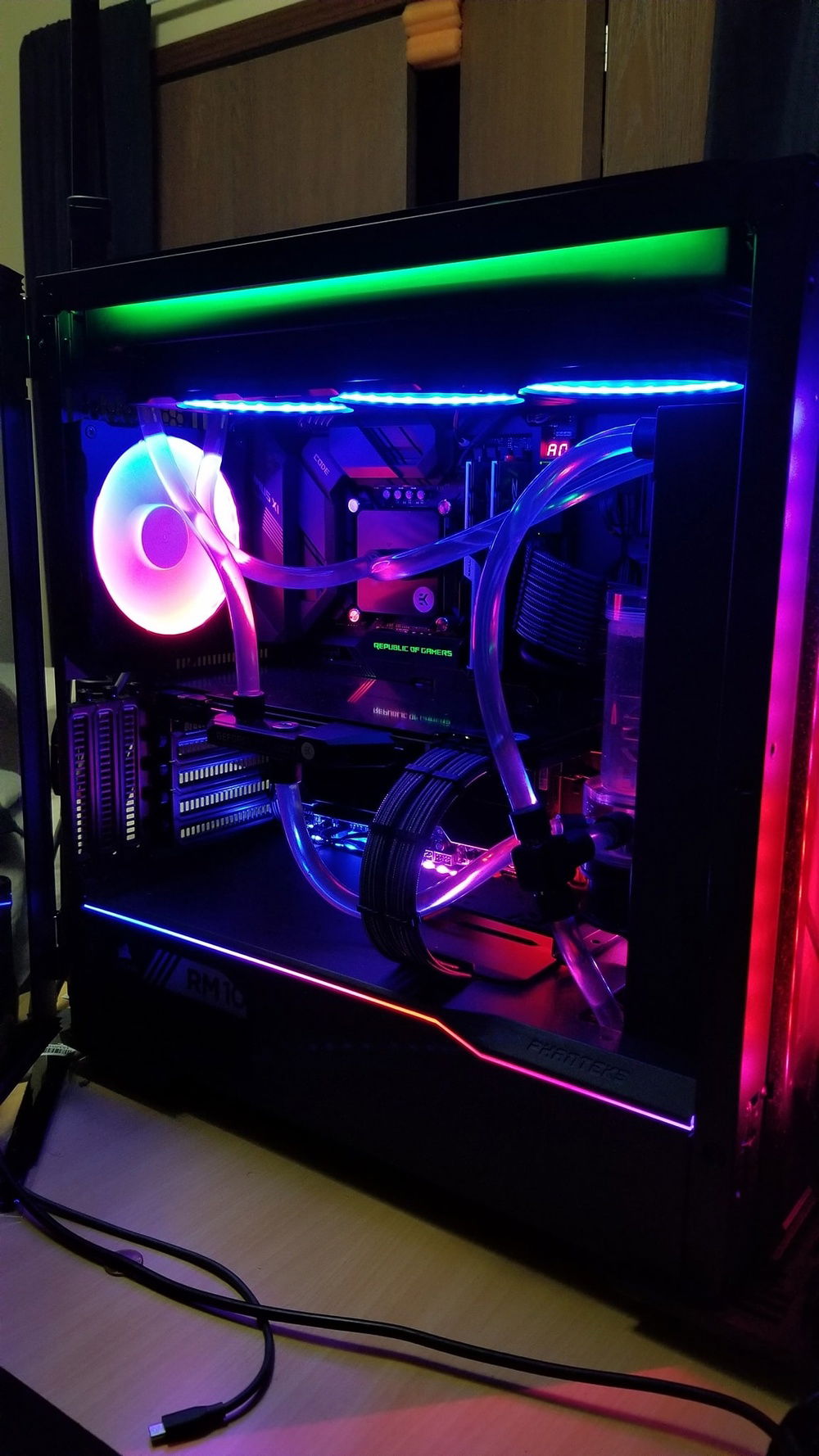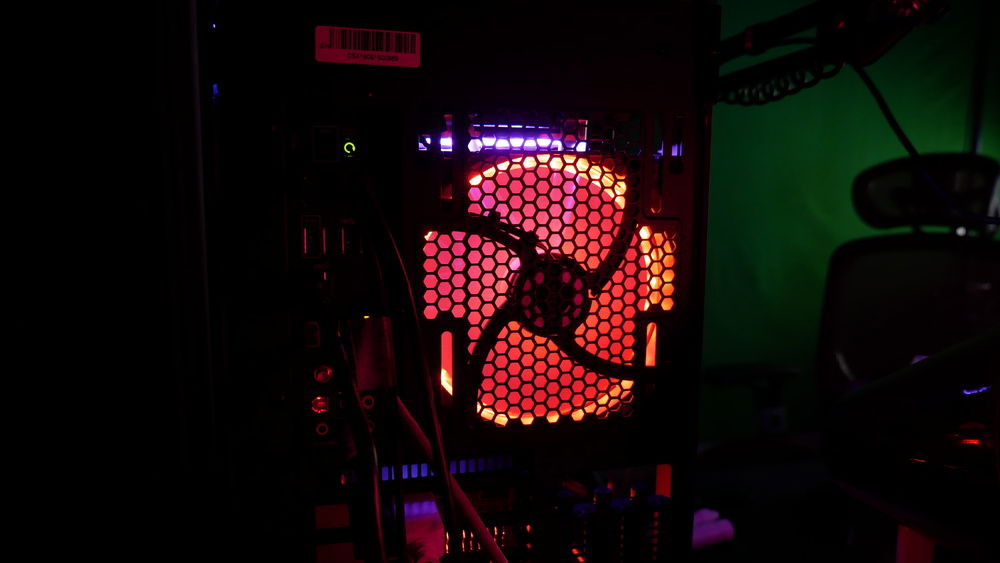My first water-cooled build
This build incorporated my first foray into custom water cooling. I was originally going to go with a 9900k as the CPU, but ultimately stock issues and the extravagant price kept me from going that ambitious, but it's still a gaming powerhouse with an 8700k overclocked to 5ghz and a GTX 1080 Ti that's also overclocked. It was meant to be used as a pure gaming machine while my previous build was relegated to an encoding/rendering machine for video production.
See the build log for my recap on how the build went down.
Now updated with a new log detailing the recent changes I've made as of the beginning of 2020.
See the build log for my recap on how the build went down.
Now updated with a new log detailing the recent changes I've made as of the beginning of 2020.
Color(s): Black Gray White
RGB Lighting? Yes
Theme: none
Cooling: Custom Liquid Cooling
Size: ATX
Type: General Build
Contests
This build participated in 2 contests.
| Rank | Contest | Date |
|---|---|---|
| #440 | EK 10K Challenge | ended |
| #1093 | The builds.gg 10K Challenge | ended |
Build Updates
Gathering of the parts
The water cooling
Assembling the build
Water cooling and final tweaks
Changes to the build
More Changes/Soon to come
Hardware
CPU
$ 196.64
Motherboard
$ 349.99
Memory
$ 338.68
Graphics
$ 789.00
Storage
$ 86.00
Case
Case Fan
$ 35.90
Case Fan
$ 49.99
Case Fan
$ 45.99
Cooling
$ 50.00
Cooling
$ 86.20
Cooling
$ 33.12
Cooling
Cooling
$ 26.71
Cooling
CableMod
Accessories
$ 42.36
Accessories
$ 39.98
Accessories
$ 21.99
Keyboard
$ 89.99
Approved by:
